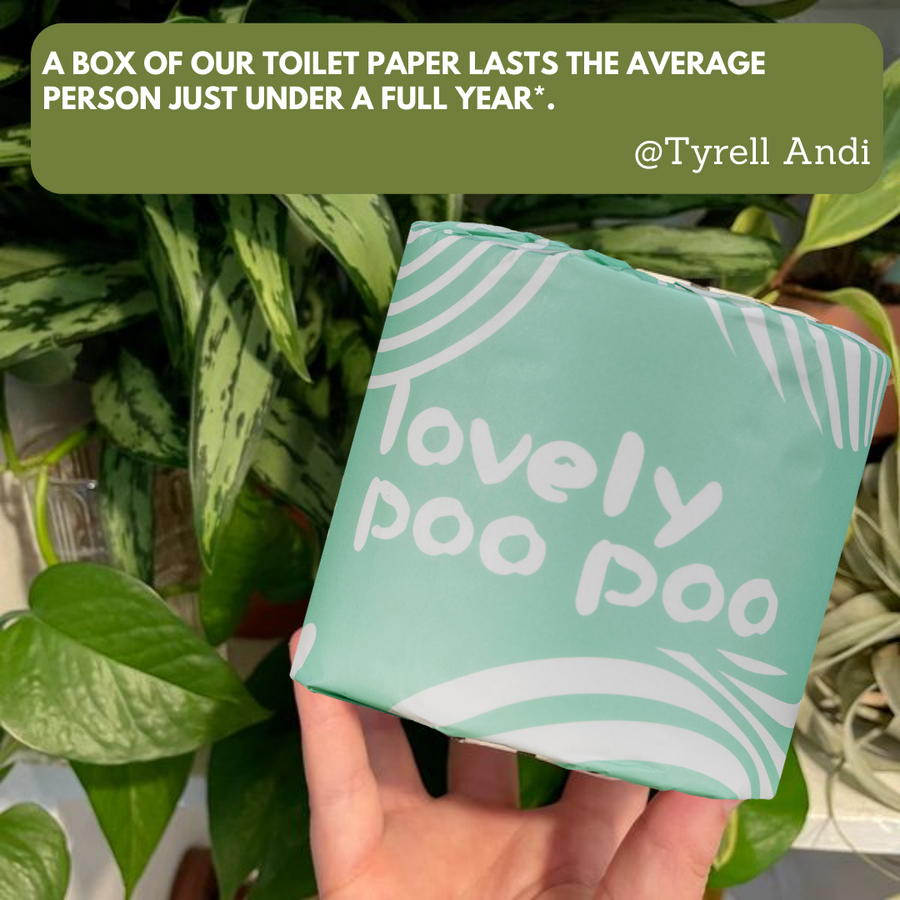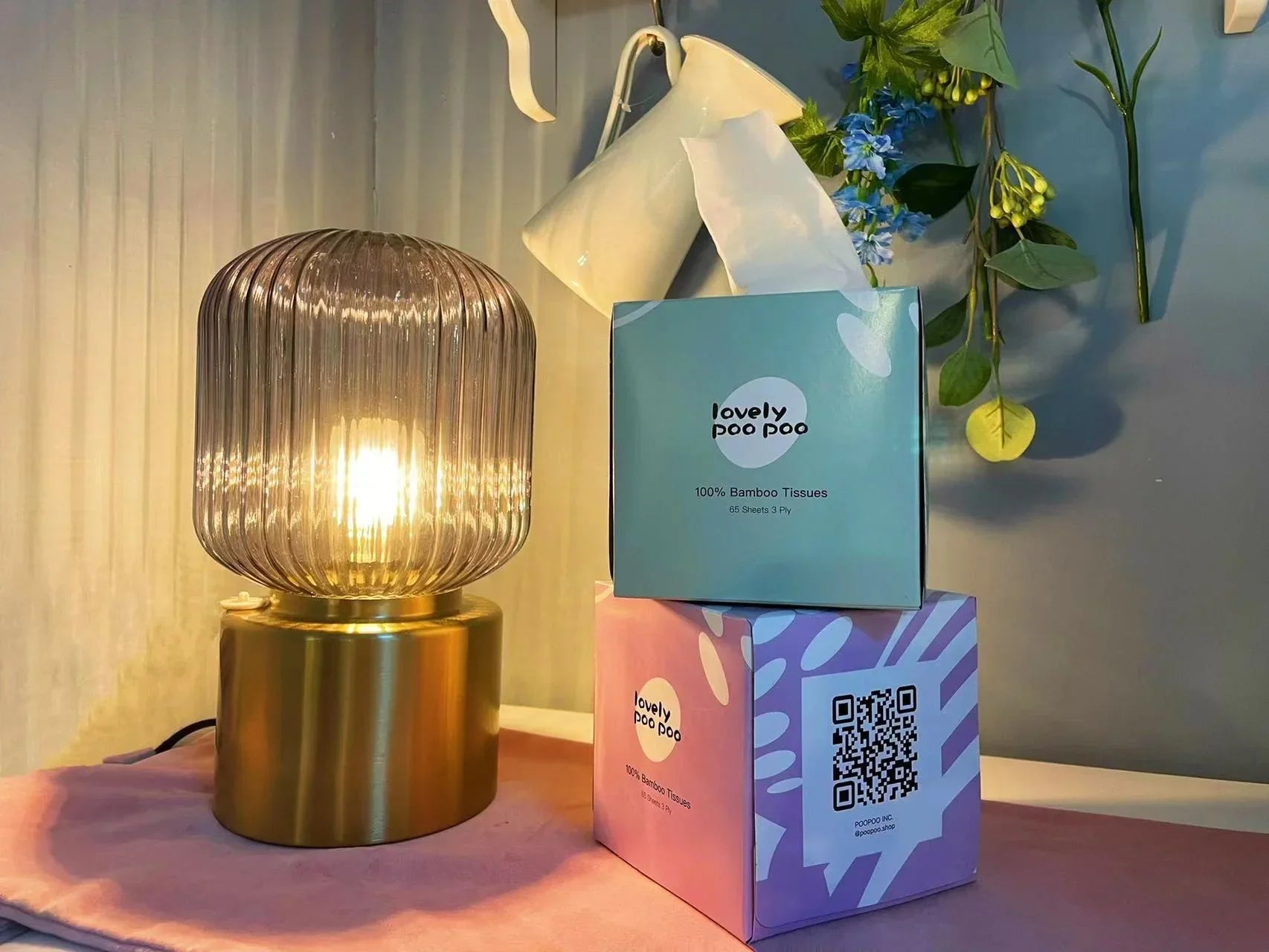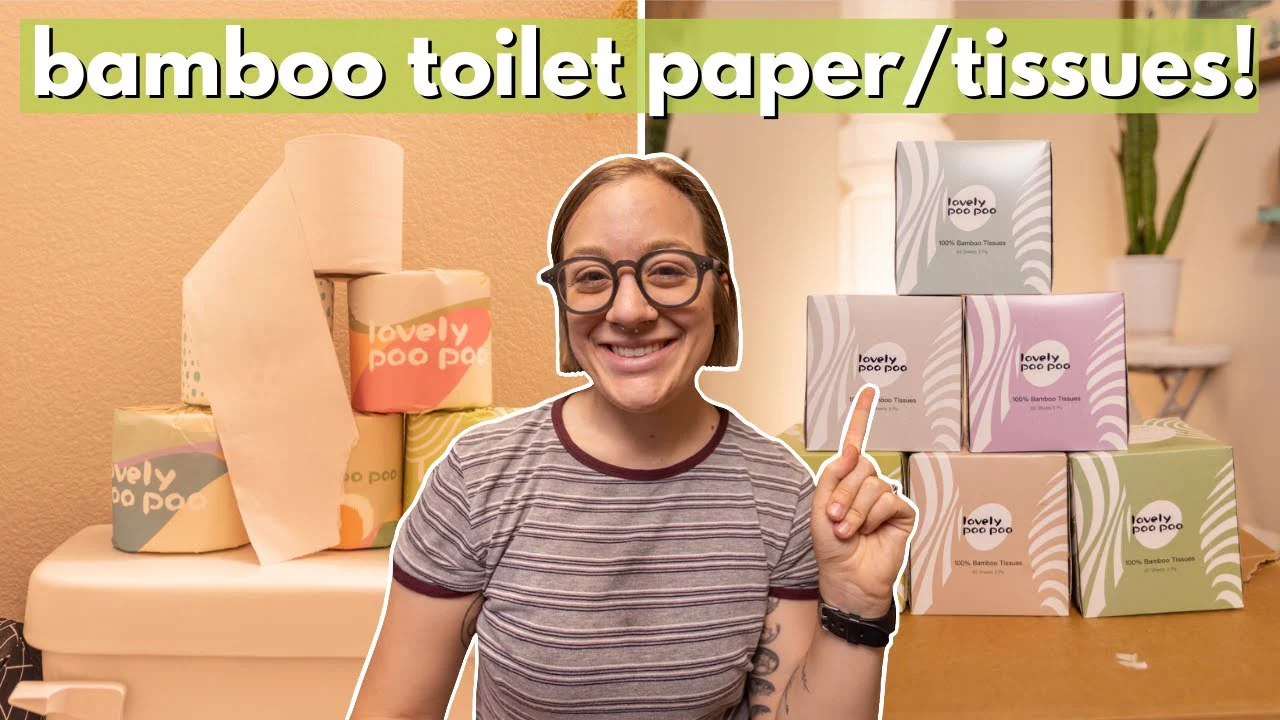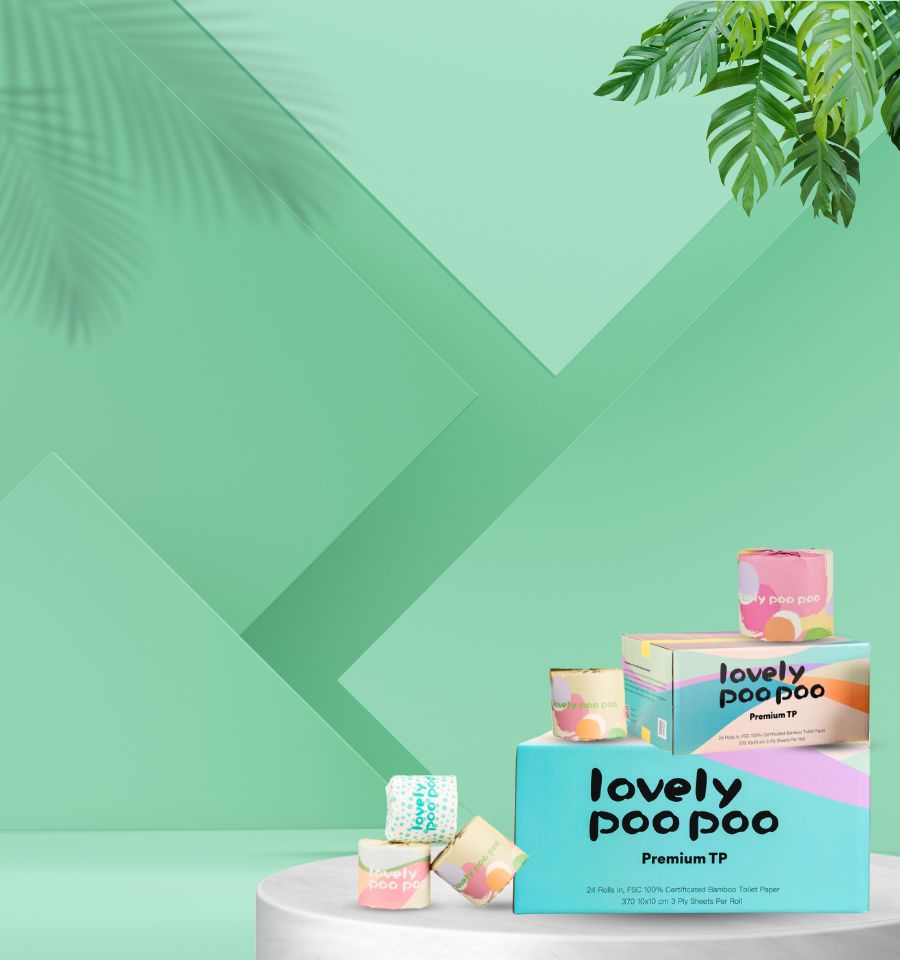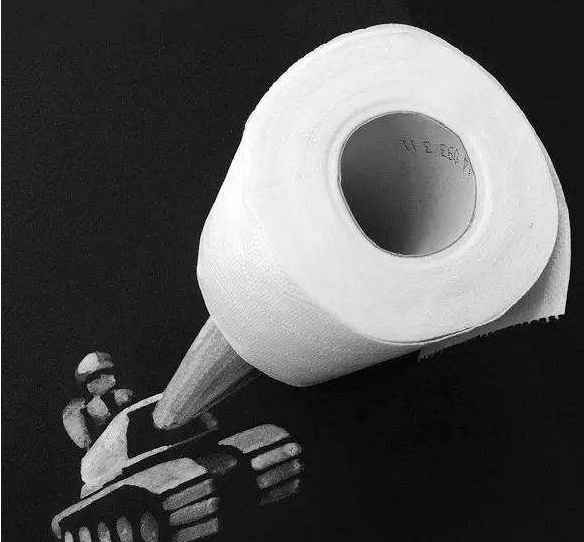- Did you know regular paper towels?
- The history of paper towels
- Interesting and surprising information about paper towels
The "invention" of paper towels was both intentional and also accidental. Several events in history led to the emergence of paper towels.
Did you know regular paper towels?
Regular paper towels were often bleached white to emphasize their hygienic and sanitary elements.
Tissues have become such an essential entity in our lives that we "can't imagine life without them", don't you think? So whether it's wiping tables or wet hands, or even wrapping gems and jewelry, tissues have become such a necessity that a day without them is simply unforgettable. They are used for basic cleaning of anything, whether it's the kitchen or the bathroom, or even the living room.
Anything that needs a gentle wipe of water from the surface - here come the paper towels. The fact that paper towels are so widely and universally used is because of the convenience and comfort they provide to their users. Unlike cloth towels, which need to be cleaned with every wash, paper towels can simply be discarded after each use, thus incorporating hygiene and sanitation as well - a widely known fact.
The history of paper towels
Some inventions have taken years of hard work, countless experiments, dozens of failures and near misses before the product was finally unveiled in all its glory - and others, not so much. The history of paper towels falls into the second category, giving it a huge twist of its own.
However, have you ever wondered how and from where the commodity we use so often originated? Tissue paper was first manufactured by Arthur Scott. He used small towel-sized sheets perforated with toilet paper and sold them. These towel-sized sheets became the first ever disposable paper towels.
After the success of the paper towels, Scott introduced kitchen towels in 1931. These tissues were 13 inches wide and 18 inches long.
Interesting and surprising information about paper towels
- Paper towels are said to be made from pulp, which is extracted from wood or fiber crops.
- Either virgin pulp or recycled pulp can be used. Tissue made from recycled pulp or bamboo is good not only because it cuts electricity consumption in half, but also because it reduces the number of trees that are cut down.
- Tissue paper is light weight and made from multiple layers for better absorption. The more layers there are, the better the tissue absorbs.
- Often, paper towels are made of absorbent paper, which helps them absorb more than just a piece of cloth. Because they are loosely woven, paper towels allow water to flow between them and can even resist gravity.
- How do paper towels absorb all that water? This is because they are loosely woven together, thus allowing water to flow between them.
- Resin sizing agents for paper towels are often used as an effective way to increase the wet strength of paper towels and give them more strength.
- Most tissue paper has at least two layers pressed together. However, depending on the thickness and absorbency of the product, there may even be 3-4 layers. Tissues are packaged individually and sold in piles, or in continuous rolls.
- Tissues are sometimes bleached to make them look whiter. They are also sometimes decorated with flowers and other designs to catch the eye and look good. The patterns and shapes printed on the tissue paper are not only to make it look elegant, but also to maximize absorption.
- Tissue paper is the second most widely used product in the "tissue market," after toilet paper. Its consumption is the highest in the United States.
- Paper towels are often used for cleaning kitchens or cleaning any other surface, but the fact remains that paper towels are here to stay. Just make sure you don't use the product blindly and misuse it. Better yet, choose one made from bamboo. click here.

Shop with us for discounted paper towels by the case or by the whole cart. lovelypoopoo.com is your online supermarket with daily sales at limited low prices.
